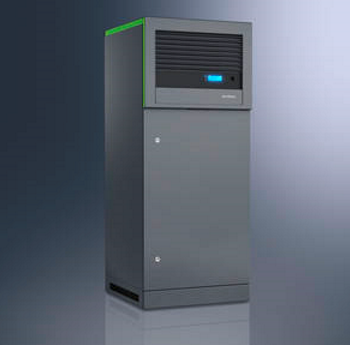home battery
Home storage or house batteries are rechargeable battery storage devices used in smart grids as energy storage devices in houses or apartment complexes. Depending on the energy concept, home batteries can store electricity generated by one's own photovoltaic system and deliver it to the building's low- voltage grid or to the smart grid when electricity is needed.
Home storage systems consist of individual battery cells that are assembled into battery modules. Multiple battery modules form a home battery whose battery cells are controlled in voltage, current and temperature by a battery management system( BMS). These are usually high- performance lithium-ion batteries, with a nominal capacity based on demand and about 10 kWh for single-family homes.
As an alternative, the sodium-ion battery can be used. These batteries have several thousand charging cycles. Depending on the nominal capacity, home storage units for single-family homes are the size of a refrigerator; in contrast, battery banks as neighborhood storage units for apartment complexes, schools, hospitals or commercial enterprises can easily assume the size of residential containers.
Home batteries can also be used to reduce electricity costs by taking advantage of the lowest electricity rates. They are charged at the cheapest electricity rates, and their charge is then used to feed back into the smart grid or for their own energy needs when the rate is high. No grid fees, EEG surcharges or electricity taxes are incurred for their operation.

